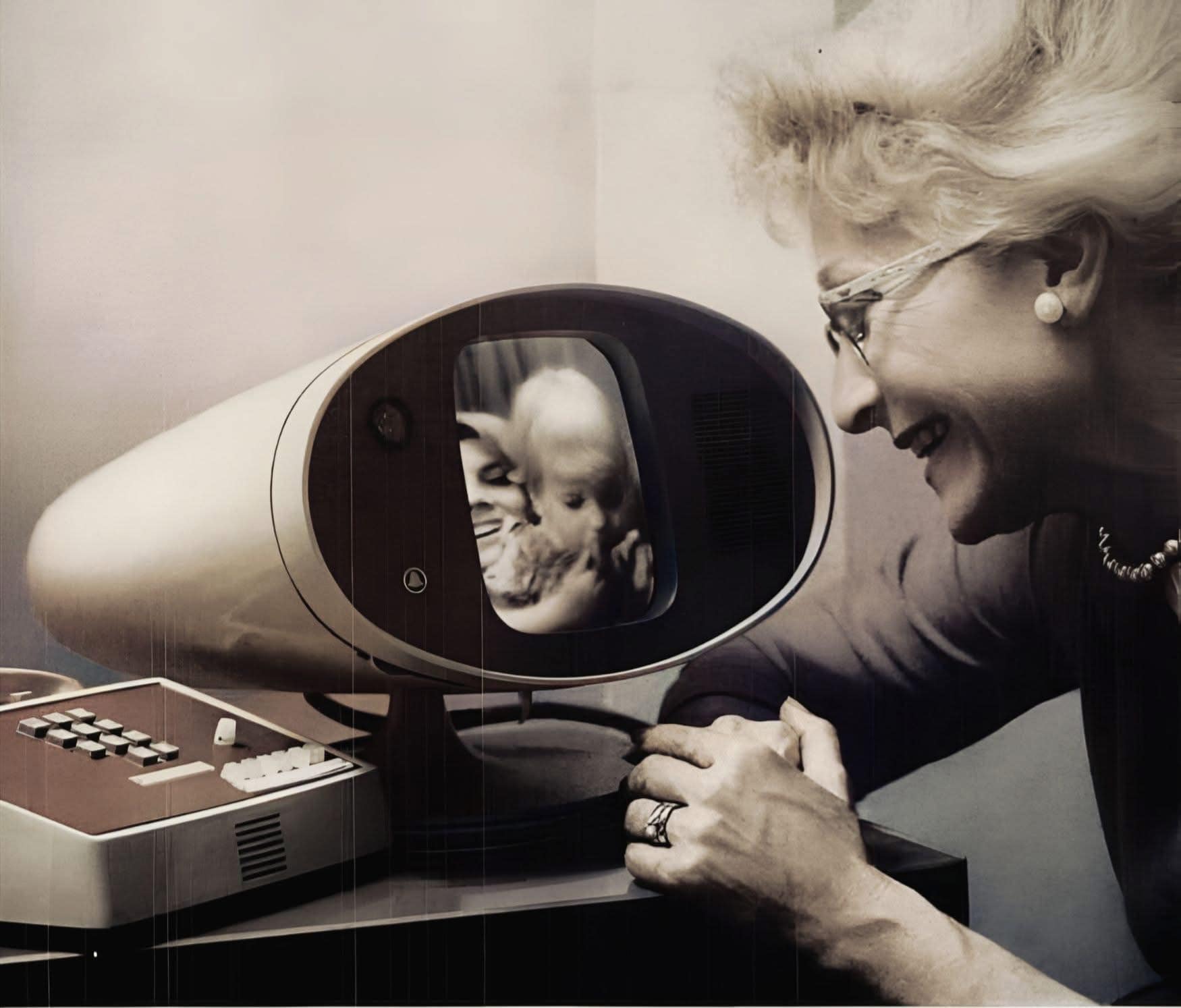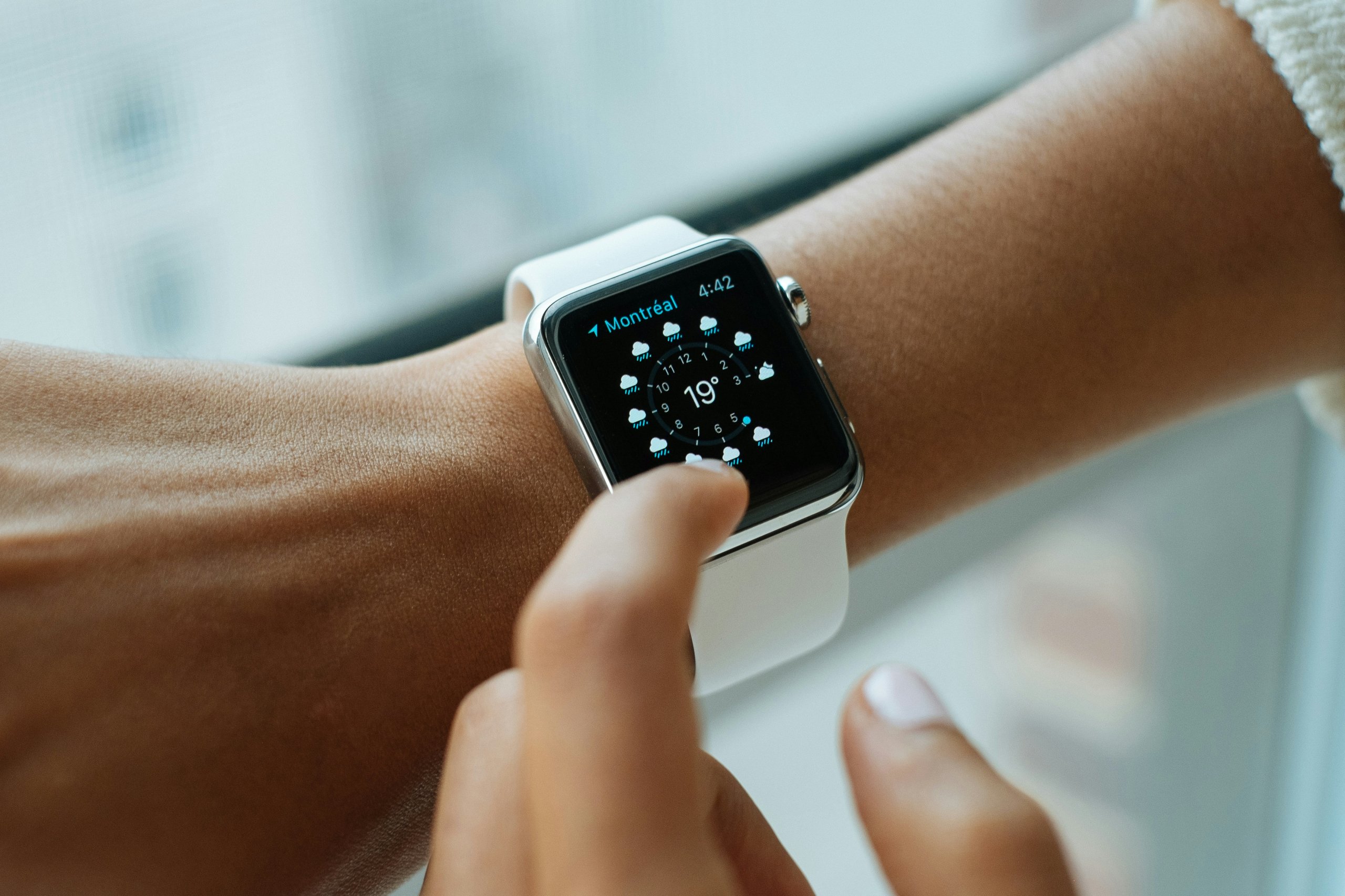The Picturephone was an early attempt at video teleconferencing developed by AT&T’s Bell Labs in the 1960s.
Beyond the Smartphone
The Next Mobile Revolution
The mobile phone is no longer just a communication device—it’s rapidly becoming an AI-powered assistant, embedded with machine learning to anticipate our needs, automate decisions, and deliver personalized services in real time. With the rise of context-aware computing, future phones will interpret your environment, tone, and location to tailor responses, transforming them into collaborative, human-like interfaces.
Simultaneously, as we move toward 6G networks, users will experience less network delays, real-time virtual reality, and gigabit-level speeds that enable immersive experiences, seamless holographic calls, and support for data-heavy innovations like autonomous systems.



